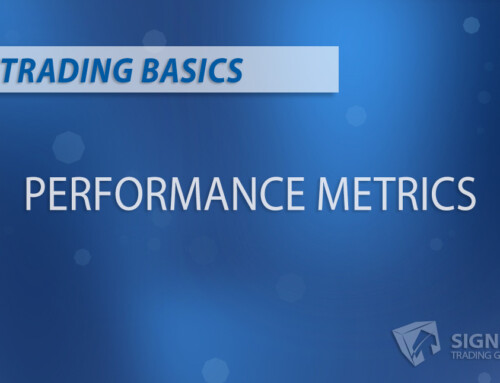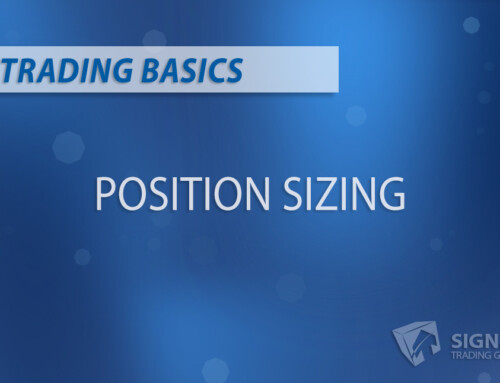The “Performance Metrics 101” blog series is geared towards providing traders with the essential evaluation tools they need to assess trading performance accurately. The goal is to provide a complete understanding of these tools, enabling traders to use them effectively.
Anti-Martingale Position Sizing: Exploring Pros and Cons
Welcome to our comprehensive exploration of the Anti-Martingale position sizing strategy! We aim to provide an in-depth understanding of this approach, its potential benefits and risks, and supply examples and tips to help you navigate the trading world. We’ll shed light on the Anti-Martingale technique compared to the classic Martingale method and discuss how it works in practice.
Introduction to Anti-Martingale
The Anti-Martingale trading strategy is a position-sizing system that attempts to profit from positive trends by increasing the position size after a win and decreasing it after a loss. The primary idea is to take advantage of winning streaks and minimize the impact of losing trades.
Classic Martingale takes the opposite approach. This strategy is based on doubling the position size after a loss, hoping that a successful trade will eventually offset the previous losses. While the Martingale method can lead to significant short-term gains, it carries an extremely high risk of substantial losses, particularly during extended losing streaks.
So, how does the Anti-Martingale technique affect potential profits and risk management?
Anti-Martingale Principles and Risk Management
The critical difference between the two strategies is how they deal with risk. While Martingale can lead to very high risk, Anti-Martingale controls the risk by protecting the capital and potentially decreasing risks during losing streaks. Here are the underlying principles of Anti-Martingale:
- Increase position size after successful trades
- Decrease position size after losing trades
- Take profit during winning streaks
By focusing on successful trades, the Anti-Martingale strategy prioritizes capital allocation to the most successful trades, increasing the likelihood of generating higher profits. This strategy also emphasizes risk management, with lower exposure during losing streaks.
Applying the Anti-Martingale Technique Effectively
For traders looking to implement the Anti-Martingale approach, there are several important factors to consider:
- Trend identification: Only apply the Anti-Martingale strategy to markets demonstrating a strong trend. This technique relies heavily on momentum to capitalize on winning trades.
- Position sizing: Carefully manage the increase and decrease of position sizes after wins and losses. Typical recommendations include increasing position size by a fixed percentage after a successful trade and scaling back to the initial position size after a loss.
- Stop-loss orders: Use stop-loss orders to minimize losses, reducing the risk per trade within acceptable limits.
- Monitoring: Monitor the market trends to identify when the trend may be losing strength. Scaling back on position sizes during uncertain times can prevent potential losses.
- Smooth implementation: To achieve the benefits of the Anti-Martingale strategy, ensure its smooth and consistent implementation, and avoid erratic trading practices.
Potential Pitfalls and Consequences
There are certain risks and potential downsides to the Anti-Martingale strategy:
- Higher drawdown: Increasing position sizes after consecutive successful trades can lead to more significant losses if the trend changes.
- Reduced overall profitability: Profits may be limited because the strategy requires scaling back position sizes after a loss. This can reduce the overall profitability, especially when winning trades follow losing trades.
Conclusion
The Anti-Martingale trading approach offers a compelling strategy for managing risk and capital allocation effectively. By capitalizing on winning streaks and minimizing the impact of losing trades, this method can help traders achieve better overall returns. However, risks are associated with it, and its smooth implementation is critical for achieving good results. Understanding these concepts is an essential part of becoming a successful trader.






